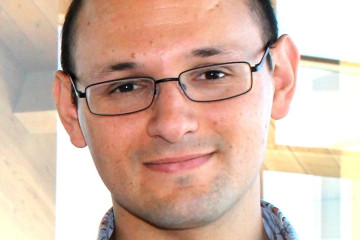PhD Studentship
Anesthesia-on-chip: Modelling the impact of fetal anesthesia on neural development

At a glance
In progress
Grant amount
£100,000
Principal investigator
Dr Gabriel Galea
Co-investigator(s)
Institute
University College London
R
- Replacement
